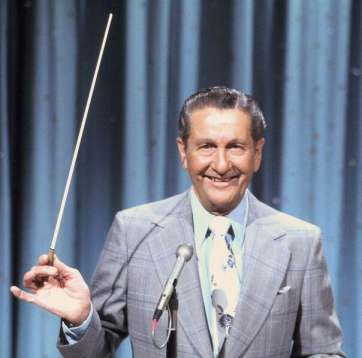
A Vun...

A Vun...
This July 18 performance features Augustin Hadelich and David Chan on violins, Yura Lee on viola and Ronald Thomas on cello. Ron is married to violist Cynthia Phelps.
At the end of World War II, Dmitri took a shellacking from the Communist Party brass for his “formalism” in writing his Ninth Symphony. To avoid further problems with Stalin and his commissars, his Third String Quartet was laid out in the form of a story with each movement bearing a title.
The first movement, marked “allegretto,” is titled, “Blithe ignorance of the future cataclysm.” It’s in sonata format, a Russian tune with Dmitri’s biting dissonances, which add a sardonic humor to the scene. The second subject is another Russian folk tune. Development turns to the minor but is dispelled by the recap. Things turn a bit strident at the end, but it finds a way to end happily.
The second movement is marked “moderato con moto,” and is titled, “Rumblings of unrest and anticipation.” This is a movement full of dreadful undercurrents, and it’s not quite a scherzo.
The third movement is marked “allegro non troppo,” and is titled,” Forces of war unleashed.” Artillery fire starts a major battle. Tanks roll and armies march. It’s a musical description of carnage.
The fourth and fifth movements are joined. The fourth movement is marked “adagio” and is titled, “In memory of the dead.” This is a threnody to those 30 million who lost their lives in the Great Patriotic War. Their bones still turn up today in Russian farmers’ fields.
The sense of mourning is replaced by a sense of rhythm. The fifth movement is marked “moderato,” and is titled, “The eternal question: “Why? And for what?” The question is asked in 3/4 time and F Major. The humor disappears, and things turn deadly serious in the middle. The cello turns it around, and the sardonic humor returns. It winds down for a pensive end.